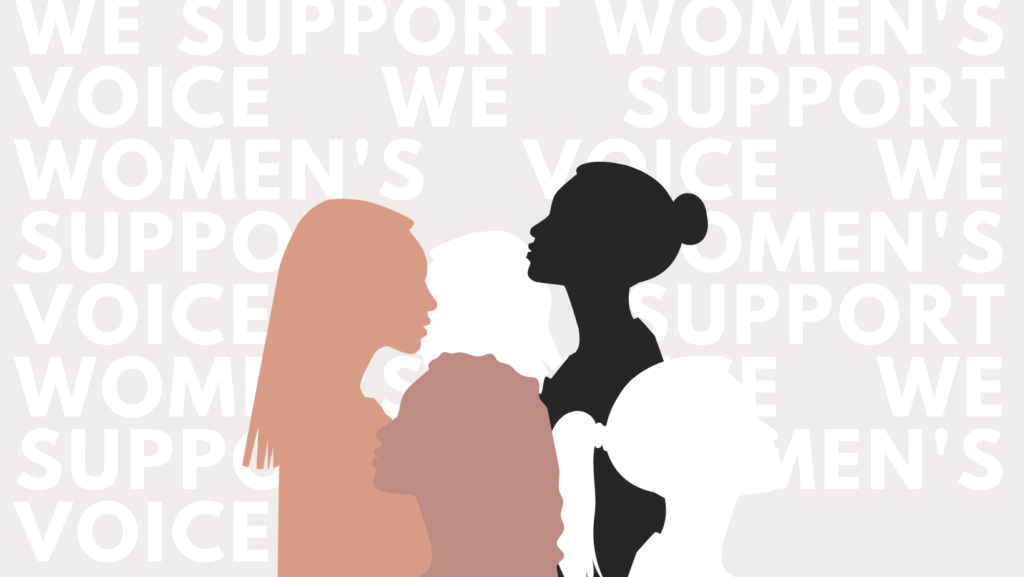What Is Bipolar Disorder?
Bipolar disorder is a chronic mood condition marked by alternating periods of elevated mood (mania or hypomania) and depression. These mood shifts can affect energy, sleep, behavior, and daily functioning (American Psychiatric Association, 2013).
While the exact cause is unknown, researchers believe bipolar disorder results from a combination of genetic, biochemical, and environmental factors. With the right treatment and support, individuals living with bipolar disorder can lead balanced, fulfilling lives.
Signs and Symptoms of Bipolar Disorder
Manic or Hypomanic Episodes
- Elevated or irritable mood
- Increased energy or activity levels
- Decreased need for sleep
- Racing thoughts or rapid speech
- Impulsive or risky behaviors (e.g., overspending, substance use)
- Grandiose beliefs or inflated self-esteem (American Psychiatric Association, 2013)
Depressive Episodes
- Persistent sadness or emptiness
- Loss of interest in previously enjoyed activities
- Changes in appetite or weight
- Sleep disturbances (insomnia or hypersomnia)
- Feelings of worthlessness or guilt
- Difficulty concentrating
- Recurrent thoughts of death or suicide (Miklowitz & Johnson, 2006)
Treatment Options for Bipolar Disorder
Managing bipolar disorder often involves a comprehensive treatment plan that addresses both mood stabilization and lifestyle structure.
Medication
- Mood Stabilizers: e.g., lithium, valproate
- Atypical Antipsychotics: e.g., quetiapine, olanzapine
- Antidepressants: Used cautiously and often combined with a mood stabilizer to prevent mood cycling (Geddes & Miklowitz, 2013)
Psychotherapy
- Cognitive Behavioral Therapy (CBT): Identifies and reframes unhelpful thoughts and behaviors.
- Interpersonal and Social Rhythm Therapy (IPSRT): Stabilizes daily routines and sleep–wake cycles.
- Family-Focused Therapy: Enhances communication and problem-solving within families (Miklowitz, 2008).
Lifestyle and Self-Management
- Maintain a regular sleep–wake schedule
- Engage in consistent physical activity
- Use a mood chart or journal to track symptoms
- Avoid alcohol and recreational substances
Supporting Clients and Families
Education and Communication
- Learn about bipolar disorder’s symptoms, treatment, and relapse warning signs.
- Create a crisis plan that includes emergency contacts, medication information, and safety steps.
- Communicate openly using nonjudgmental “I” statements, such as: “I feel worried when your sleep pattern changes because I care about your health.”
Establishing Structure
- Encourage consistent routines for sleep, meals, and activity.
- Support involvement in support groups or structured community programs.
Empathy and Boundaries
- Validate emotions (“I can tell this feels frustrating”) while maintaining clear safety boundaries—especially around finances, driving, or impulsive behaviors.
Self-Care for Caregivers
- Attend family support groups (see below).
- Access counseling or respite care to manage caregiver stress and prevent burnout.
Resources for Support
National Alliance on Mental Illness (NAMI)
Education, advocacy, and peer support for individuals and families:
NAMI: Bipolar Disorder
Depression and Bipolar Support Alliance (DBSA)
Peer-led groups and online resources for ongoing support:
DBSA: Find Support
Mississippi Department of Mental Health
Local treatment and crisis services directory:
Find Services
Crisis Text Line
Free, 24/7 support via text: Text HOME to 741741 (U.S.)
The Well: Family Support
Therapy and education for individuals and families living with bipolar disorder:
thewellms.org
Final Thoughts
Bipolar disorder can be challenging, but with education, structure, and ongoing support, stability is possible.
At The Well: Family Support, we provide compassionate care for individuals and families managing mood disorders. Together, we help clients build emotional regulation, strengthen relationships, and find balance.
You are not your diagnosis—you are capable, resilient, and worthy of healing.
References
American Psychiatric Association. (2013). Diagnostic and statistical manual of mental disorders (5th ed.). https://doi.org/10.1176/appi.books.9780890425596
Depression and Bipolar Support Alliance. (2024). Find support. https://www.dbsalliance.org/support/
Geddes, J. R., & Miklowitz, D. J. (2013). Treatment of bipolar disorder. The Lancet, 381(9878), 1672–1682. https://doi.org/10.1016/S0140-6736(13)60857-0
Miklowitz, D. J. (2008). Bipolar disorder: A family-focused treatment approach (2nd ed.). Guilford Press.
Miklowitz, D. J., & Johnson, S. L. (2006). The psychopathology and treatment of bipolar disorder. Annual Review of Clinical Psychology, 2(1), 199–235. https://doi.org/10.1146/annurev.clinpsy.2.022305.095229
Mississippi Department of Mental Health. (n.d.). Find services. https://www.dmh.ms.gov/
National Alliance on Mental Illness. (2024). Bipolar disorder. https://www.nami.org/About-Mental-Illness/Mental-Health-Conditions/Bipolar-Disorder




